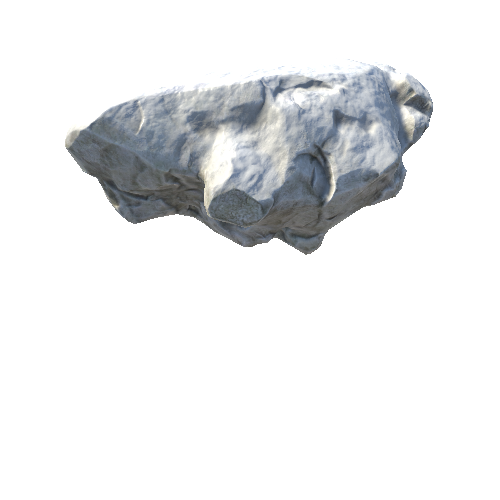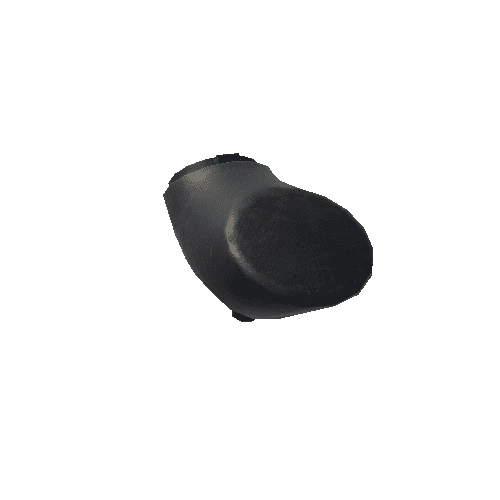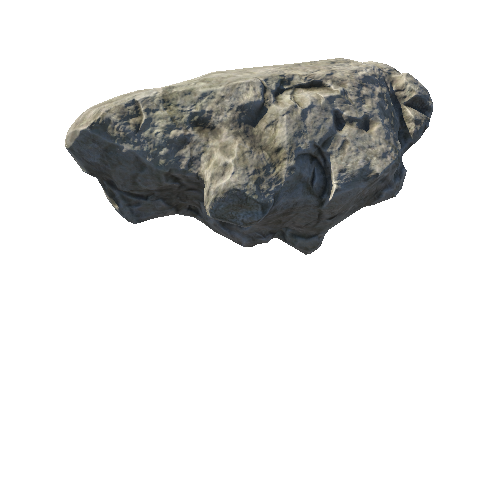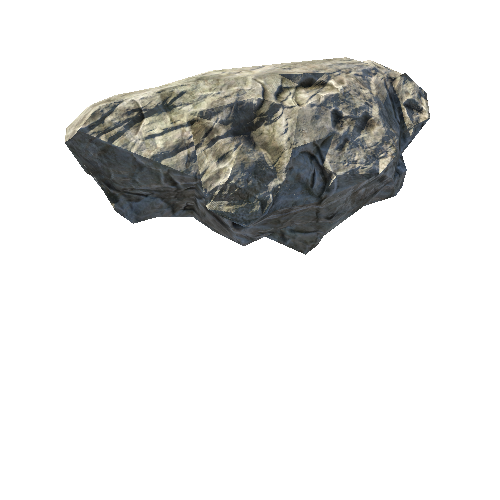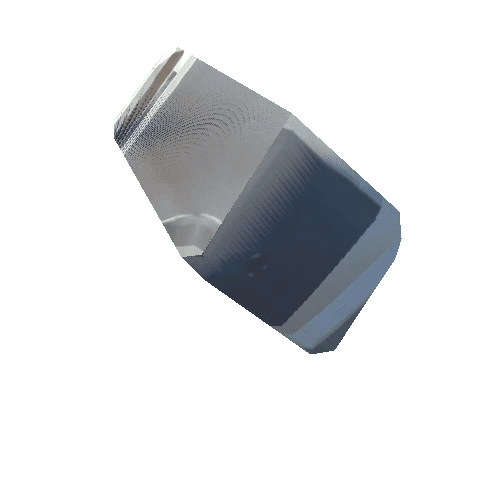Select or drop a image or 3D model here to search.
We support JPG, JPEG, PNG, GIF, WEBP, GLB, OBJ, STL, FBX. More formats will be added in the future.
Asset Overview
This specimen from New Caledonia has coarse grained hornblende and plagioclase. [Hornblende](http://webmineral.com/data/Magnesiohornblende.shtml) is a 'hydrous' ferromagnesian mineral belonging to the amphibole group that differs from pyroxene by having chemically bonded water as hydroxyl groups. In hand specimen, the two groups can be difficult to distinguish, with the only reliable diagnostic property being the intersection angle of the two cleavages present. This property is displayed quite well in this specimen, with the angle of intersection being ~60°, compared to the pyroxene group where the angle is close to 90°. The intersection of the two cleavages produces an intersection lineation on each of the two surfaces, giving the grains a 'woody' texture. This property distinguishes both groups from micas like biotite, which don't display this texture as they only have a single cleavage.
/Screenshots/GenericCliffCRHE_CoverageW (Tessellation)_20.png)

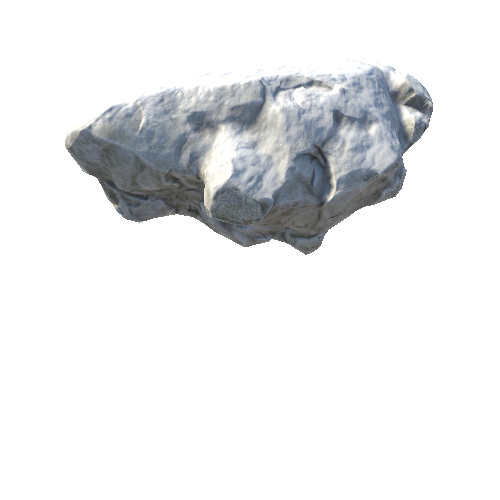

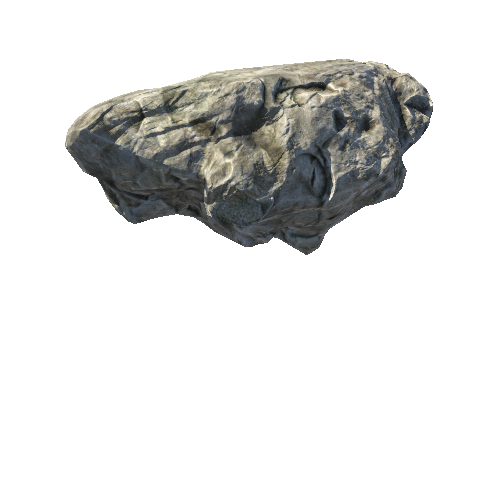
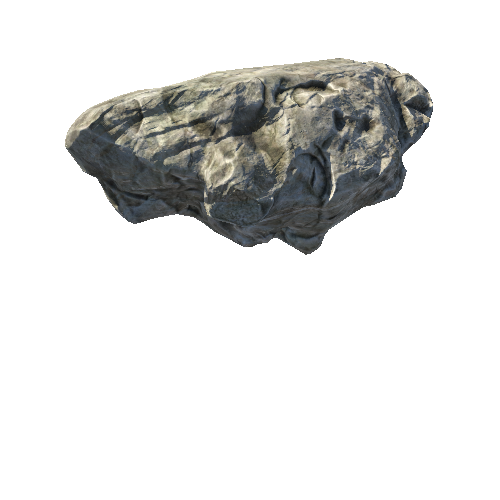



/Screenshots/SM_Rock_M_01 (3)_110.webp)


